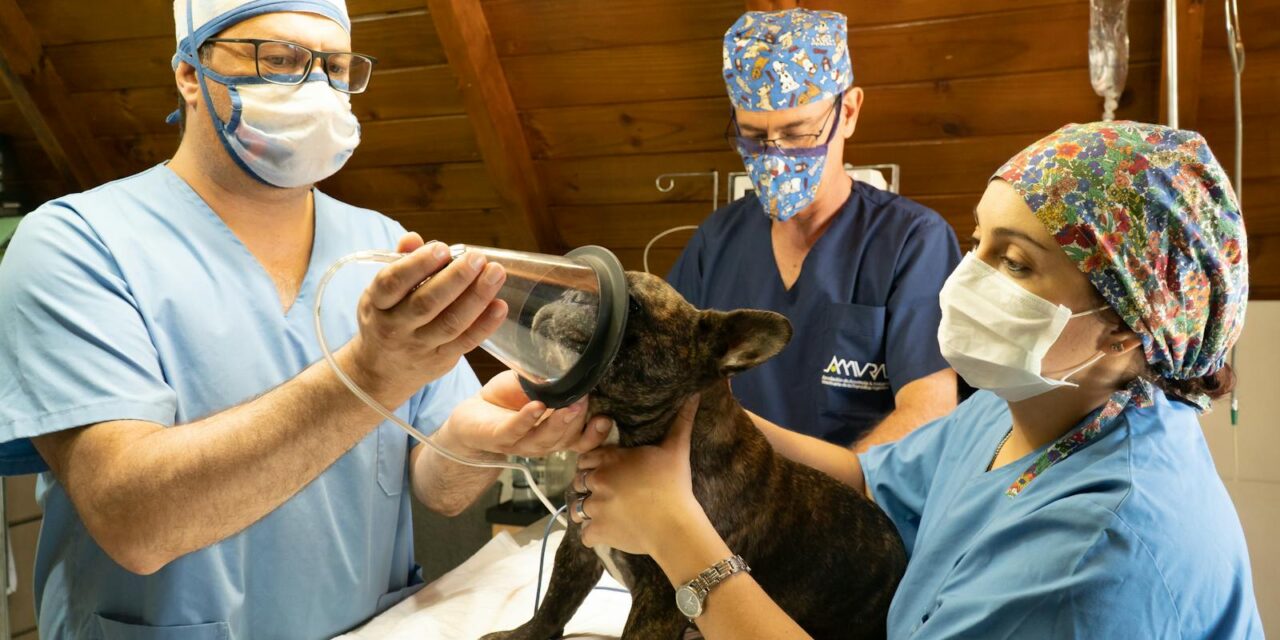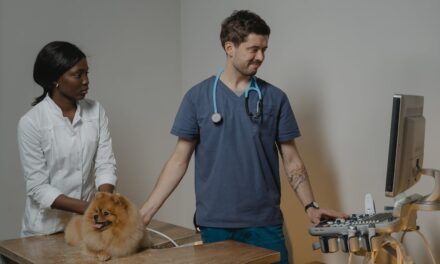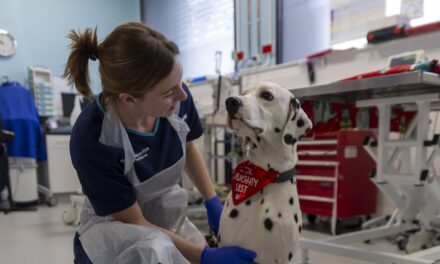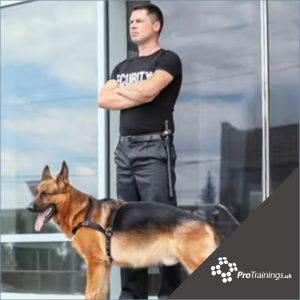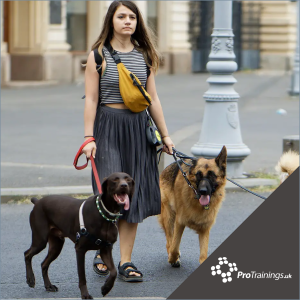In response to persistent challenges in veterinary recruitment and retention, the British Veterinary Association (BVA) has unveiled a comprehensive ‘Return to Work’ toolkit.
The toolkit aims to create positive workplace experiences, attracting new talent and encouraging skilled professionals to rejoin the workforce. This initiative comes as BVA’s recent survey reveals alarming statistics, indicating that 17% of veterinarians are actively considering leaving the profession within the next five years, with an additional 19% uncertain about their future in the field.
Workforce Challenges in the Veterinary Profession
The veterinary profession faces ongoing hurdles in recruitment and retention, exacerbated by factors such as Brexit and the lingering impact of the pandemic. BVA acknowledges the need for proactive measures within the profession to retain highly skilled teams and entice former veterinarians back into service. To address these challenges, the ‘Return to Work’ toolkit is introduced as part of BVA’s broader initiative, Good Veterinary Workplaces.
Statistics from BVA’s Voice of the Veterinary Profession Autumn 2023 survey underscore the urgency of supporting veterinary professionals. One-third of vets have taken parental leave during their careers, with female vets being more likely to do so (40%). However, the survey reveals a stark discrepancy in the support felt during parental leave, as only 24% of female vets felt very well supported compared to 48% of male vets. The toolkit is strategically designed to provide comprehensive support for both veterinary employees seeking to return after a hiatus and employers welcoming them back.
Toolkit Components and Access
BVA President Anna Judson emphasises the collective responsibility of the profession to retain and encourage skilled professionals. Acknowledging that many team members are not currently practising but could return with the right support, Judson urges employers to take decisive actions to improve recruitment, retention, and overall job satisfaction.
The ‘Return to Work’ toolkit includes valuable resources for BVA members, offering guidance for employees, managers, and employers. Two downloadable checklists, tailored for both employees and employers, are integral components of the toolkit. Accompanying these resources are insightful case studies that delve into the challenges and benefits associated with returning to work. The toolkit complements existing BVA materials addressing workplace issues such as pay, flexible working arrangements, and menopause. Additionally, BVA’s employment hub provides swift access to guidance on common queries within veterinary workplaces.
As BVA takes proactive steps to enhance the veterinary work environment, the ‘Return to Work’ toolkit stands as a pivotal resource in fostering a more inclusive, supportive, and accessible profession for all members of Team Vet.
